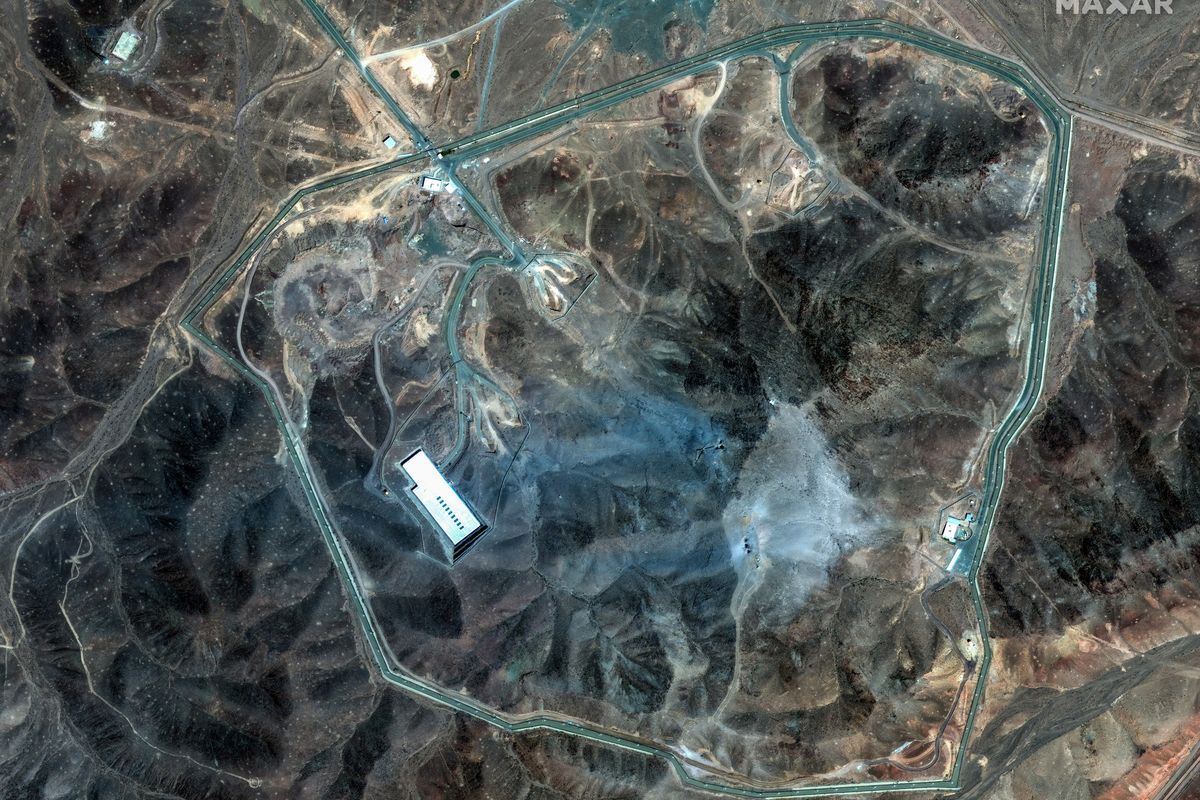Al-Qa’ida’s number two, Nasir Wahishi, is believed to have died in a drone strike in southern Yemen last month. He ran one of the most technologically sophisticated terror organizations in history – Al-Qai’da in the Arabian Peninsula (AQAP). His operatives plotted attacks using bombs hidden in printer cartridges, a man’s underwear and there was even one inserted inside the body of one operative. The group pioneered non-metallic explosives that can slip through airport security. The 38-year-old Yemeni presided over an operation that was essentially the research and development division of core al-Qa’ida. He was so valuable that he was appointed deputy to al-Qa’ida leader Ayman al-Zawahiri. He was in effect al-Qa’ida’s emir in waiting.
Wahishi to some was terrorist royalty.
He was one of the so-called founders of AQAP. Wahishi, along with a small group of al-Qa’ida veterans, are believed to have started the organization in its current form in 2009. Wahishi, said to have been very charismatic, was Osama bin Laden’s former aide-de-camp and was beloved among many of the al-Qaida faithful. He oversaw the introduction of the first English-language digital terror magazine—Inspire. It’s become a staple of terrorist recruiters and a blueprint for other organizations' publications.
In March of 2014, Wahishi was seen on video after an enormous jailbreak in Yemen similar to the one this week in Taiz, Yemen. Approximately 400 AQAP fighters were present in what was described as the largest known gathering of al-Qa’ida in Yemen. In the video, Wahishi said, "We have to remove the Cross, and the bearer of the Cross, America.”
Now that he’s dead, it’s possible to think he’s just another notch on the stick. But, according to al-Qa’ida’s own history, there seems to be a common thread that runs from the austere caves of Afghanistan to the skyscrapers of New York connecting all of al-Qa’ida’s faithful. That thread, a self-professed hatred of America, somehow regenerates itself after its links have been broken. The memory of prominent deceased members is used to rally the base.
So, if history is any guide, al-Qa’ida’s leadership may use Wahishi’s life and death as inspiration for the group’s rank-and-file. The organization will use videos and photos of his activities and speeches as recruiting, fund-raising and strategic tools on the Internet to promote its cause and lure more people to join them. And it’s important to remember that the social media presence of the organization and its digital jihadists are formidable.
Iraq’s ambassador to the U.S., Lukman Faily, said during an interview recently, "You had one bin Laden in Afghanistan,” but because of what he called digital jihadists warriors, “now you will have thousands and thousands like bin Laden all over the world."
Wahishi was an experienced Jihadi with a deep understanding of terrorist operations. His knowledge, no doubt has been transferred to hundreds if not thousands of other extremists aiming to be just like him. Those skills, coupled with today’s computer based technology, means terrorists can possibly launch attacks that are faster, bigger and more complex—building and improving on the very movement Wahishi helped create.
JJ Green is the National Security Correspondent at WTOP Radio in Washington, D.C. He’s also a security contributor on several television outlets and a frequent writer on the topic.












